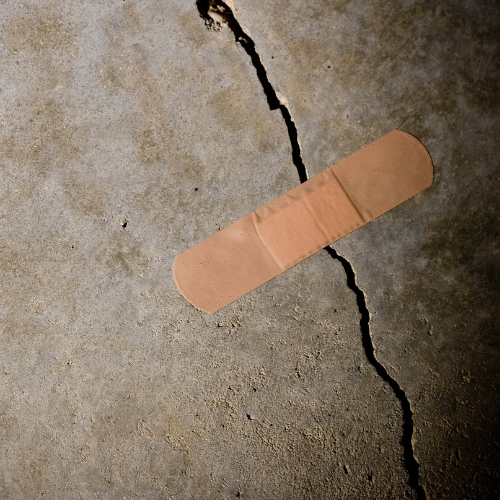Did you know January is Radon Awareness Month? Radon is an invisible, odorless, and cancer-causing radioactive gas. It's naturally found in rock, soil, and water and can seep into homes or businesses. In the United States, the U.S. Environmental Protection Agency (EPA) estimates that radon exposure is the second leading cause of lung cancer, responsible for 21,000 deaths annually.
How radon can enter a building
If there's a difference between the pressure in your home or business and the ground, radon gas can enter naturally. Radon can find its way into buildings through:
• Cracks in basement floors or foundations
• Well water or sump pumps
• Exposed soil in a crawl space
• Loose fitting pipes
• Building materials such as brick, concrete, and rock
Tips for protecting your family, employees, and customers
Evaluating your home or business for radon is the only way to determine if you’re at risk. Consider purchasing a short-term test kit or call a professional radon mitigation company for testing. A professional company can provide testing, as well as design and install a customized radon mitigation system.
Taking proactive measures to detect and mitigate radon levels is crucial to creating safer living and working environments.
Impacts of radon on a jobsite
Keeping your employees safe from radon exposure is critical if you're a business owner. Radon can be present in a geographic area or a particular home or building where they work. The Nuclear Regulatory Commission has set a yearly exposure limit for adult workers at 30 pCi/L.
Additional tips for protecting your employees
Air monitoring systems can help warn your employees of elevated radon levels in their work areas. In areas with high radon levels, employee protection involves engineering controls, work practices, and providing personal protective equipment (PPE). PPE, such as particulate-filtering respirators, can protect against inhaling radon particles, airborne asbestos, and silica dust.
Investing in the health and well-being of employees not only fulfills a moral obligation, but it also contributes to a more productive and thriving workplace.
Sources:






